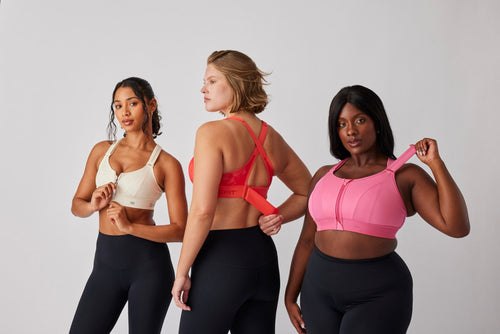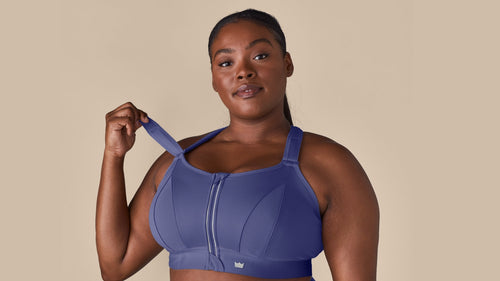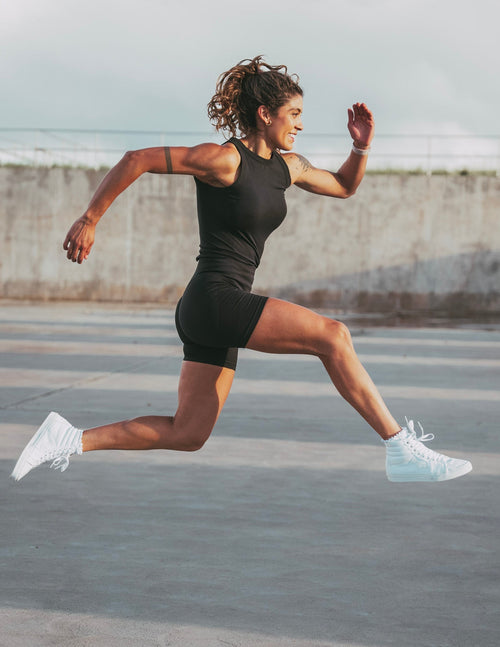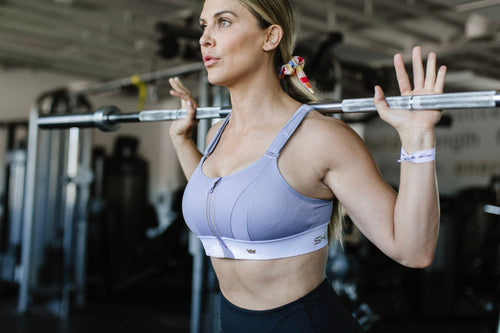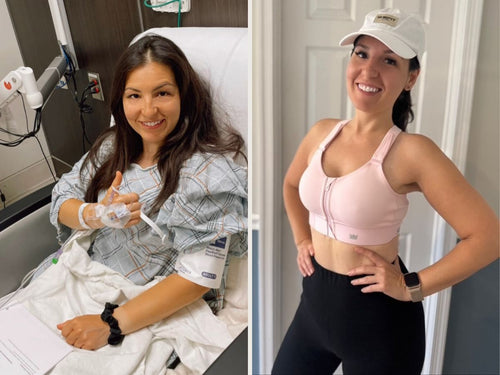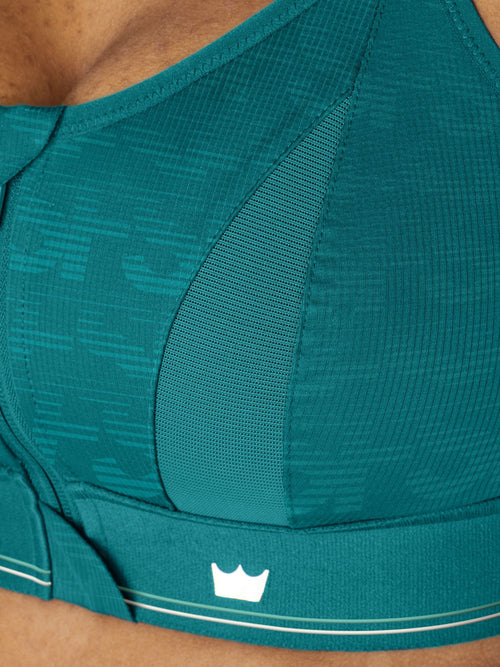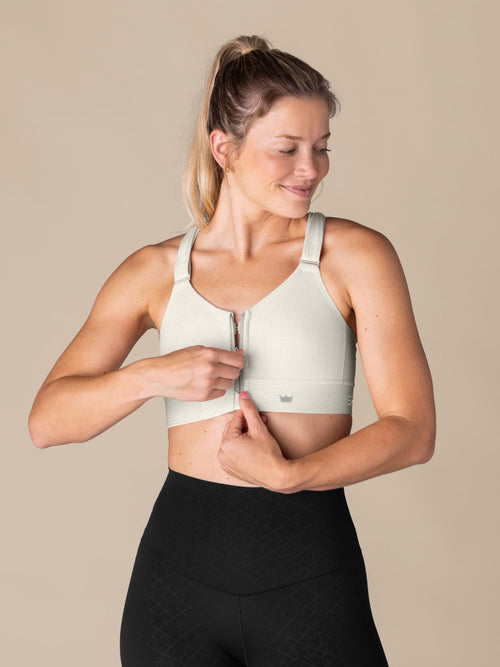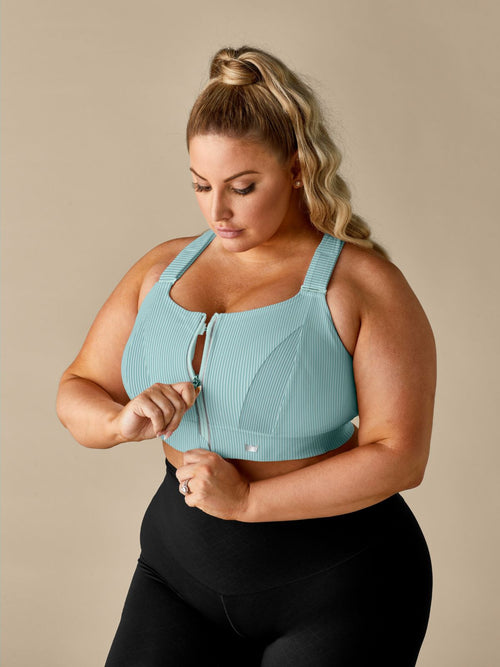15% Off Gift Cards! Shop Now

Previously on the Shefit blog we focused on giving yourself and your boobs some much deserved TLC. Similar to staying on top of your overall health, the same applies to the health of your breasts…and sometimes our twins may give us a run for our money.
It’s a known fact that our tatas will become tender from time-to-time. But the real question is, why do our breasts give us discomfort, and what does this mean?
Mastalgia
Breast pain is also known as mastalgia, and is quite common among women. In fact, the California Pacific Medical Center reports that nearly 50 to 70 percent of women experience breast pain.
Breast pain can vary in intensity from female-to-female and usually begins around the time of puberty. There are two forms of breast pain: cyclical pain, which is pain linked to your menstrual cycle, and noncyclical pain, which is less common and usually involves injury to the breast.
Causes of breast pain
There are numerous causes for breast pain. These causes include:
- Lumpy breasts due to fibrocystic breast tissue
- Hormone fluctuations
- Emotional stress
- Unusual prolactin levels
More often than not, breast pain is linked to your menstrual cycle. To see if your breast pain and menstrual cycle go hand-in-hand, keep a journal to document when you experience pain throughout the month. After two or three menstrual cycles have passed, reference your journal to see if there are any ongoing trends. If you notice anything unusual, or your breast pain intensifies, contact your healthcare professional.
Treatment for breast pain
Breast pain treatments can vary based on the type of pain you’re experiencing (cyclical versus noncyclical), the frequency of your pain and the intensity of your pain. Factors your doctor will consider before determining the proper treatment method include your age, medical history, and severity of your pain.
Treatment for cyclical pain may include:
- Changes in your diet
- Reduce your caffeine intake
- Reduce your sodium intake
- Increase in vitamin E and calcium
- Oral contraceptives
- Thyroid hormone supplements
- Estrogen blockers
- Wearing a supportive bra 24 hours a day (such as the Shefit Ultimate Sports Bra)
Treatment for noncyclical pain can be determined by conducting:
- Physical examination
- Mammogram, or breast X-ray
- Needle biopsy, or breast tissue sample
- Prescribing pain medication
Is breast pain linked to breast cancer?
Despite what one may think, breast pain is not usually linked to breast cancer. However, if your pain intensifies, or you are experiencing consistent and localized pain that is not associated with your menstrual cycle, we recommend calling your healthcare professional.
If you are not already conducting breast self-examinations, it is never too late to start. Read up on the importance of self-examination and how it can prevent breast cancer. As always contact your physician with any other questions or concerns you may have.


